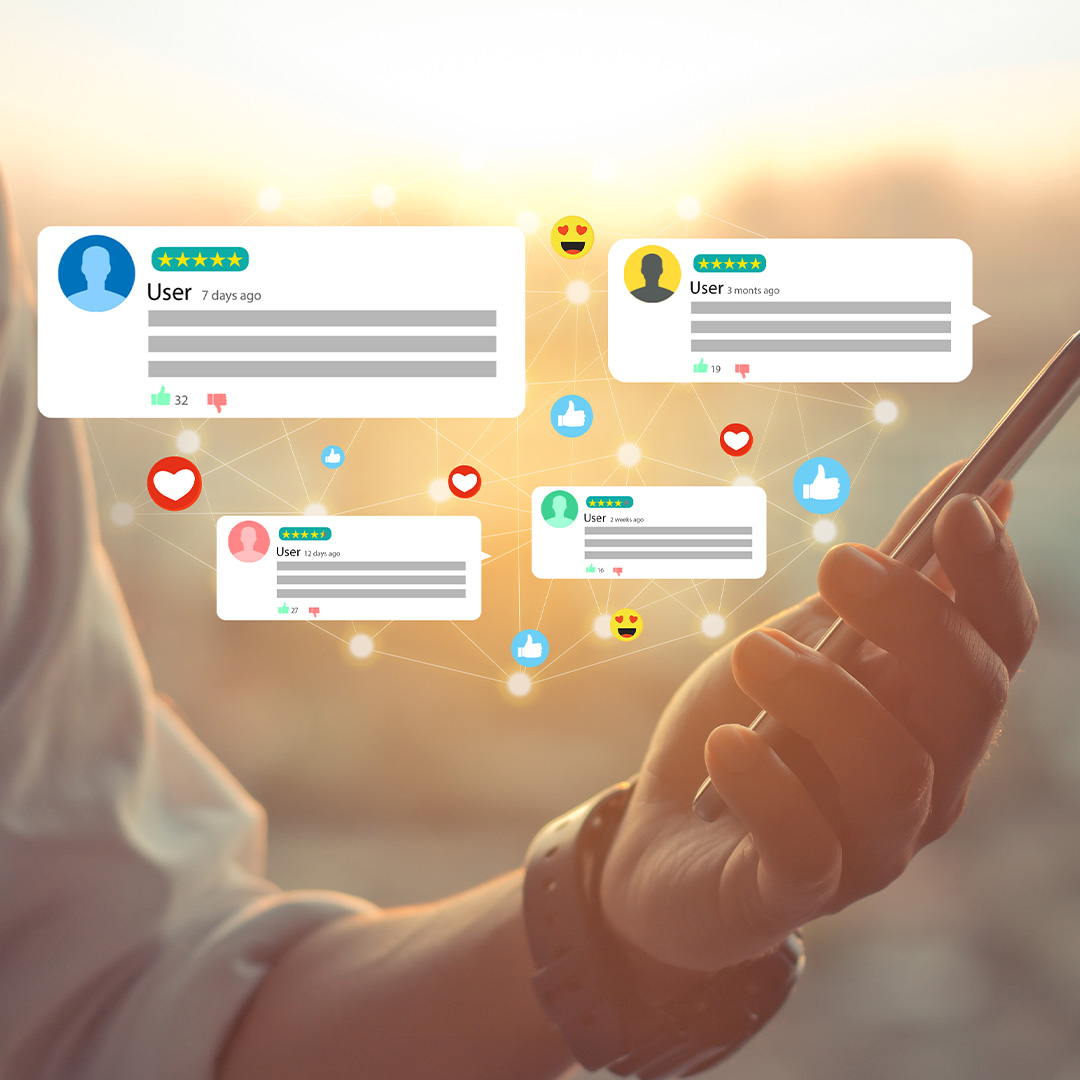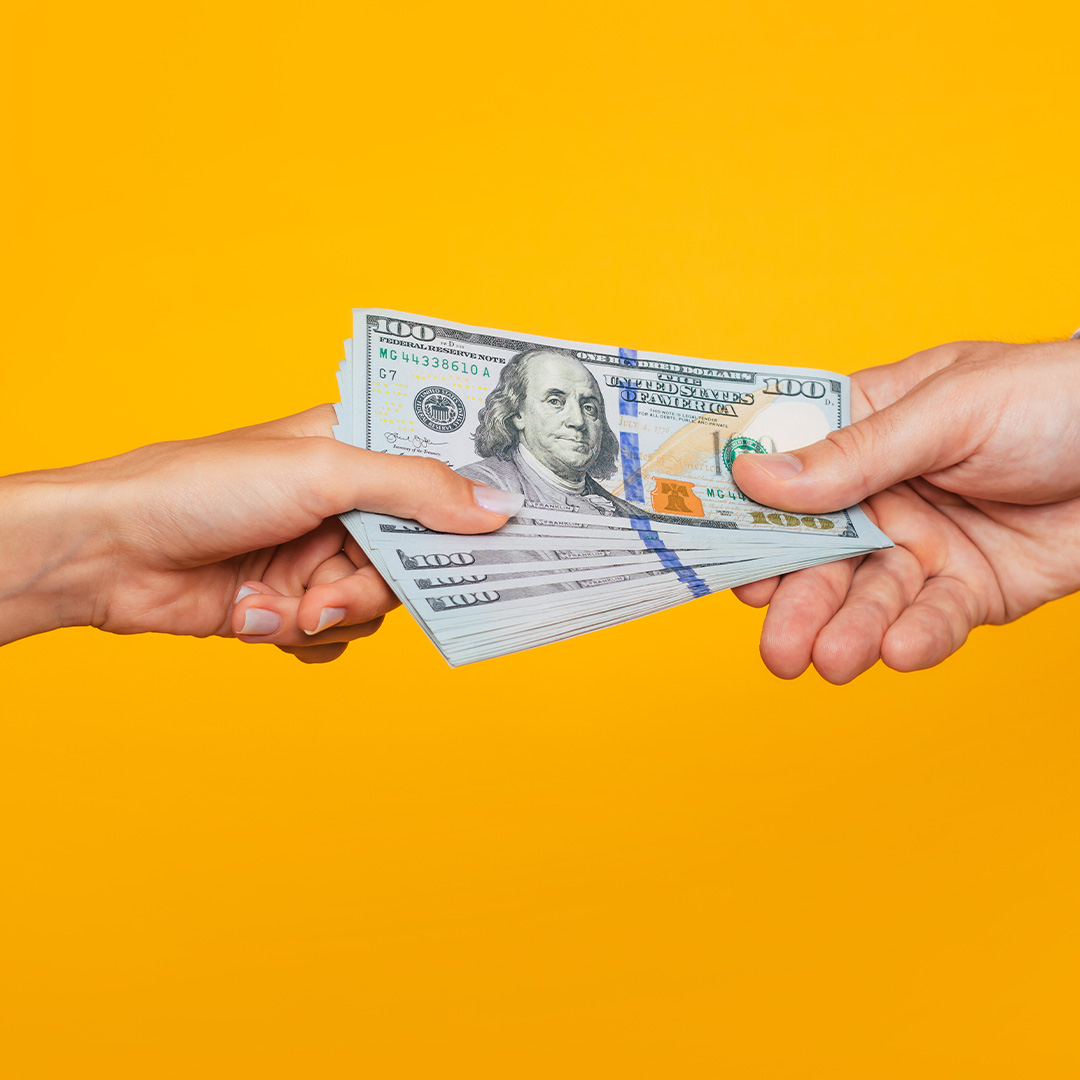Design assets are one of the biggest investments you will make in your company’s brand identity. It may be hard to put a price on art, but as you choose the elements that will determine your audience’s first impression of your brand, ROI matters.
The saying, “you get what you pay for,” might be a cliché, but when selecting creative assets that will grow with your brand, it’s never been more true. Here are a few crucial considerations for businesses weighing the pros and cons of crowdsourced design.
What is crowdsourced design?
Crowdsourced design platforms go by many names, but the model is essentially the same: You submit a creative brief on behalf of your business and determine a spending limit. Then, a large pool of relatively anonymous freelance artists compete for the project, and you choose and pay for the winning design. It’s as simple as that.
Cost-conscious companies needing a new logo, package, or web design can’t help but be intrigued by the ease of this model and the budgetary control it offers.
But while crowdsourcing your design project almost always comes with an upfront savings compared to partnering with an agency, it also carries potentially expensive risks. Keep them in mind as you prepare to invest in your brand’s creative.

Industry expertise.
The crowdsourced model doesn’t allow you to know very much about your designer’s background and credentials. While this may seem irrelevant to the end product, opting for a designer with no working knowledge of your product category can cause a cascade of complications.
Because crowdsourced designers work in isolation, there’s no opportunity for that all-important collaboration between your written and creative visual teams. This can lead to problems as you try to translate a stand-alone crowdsourced design into future brand assets.
For certain product categories, industry-specific regulations determine what is legally required to be included within your design. An agency-based designer will have inside knowledge of any warnings or disclaimers that need to appear on the packaging or other assets and the minimum size for that copy. Should you choose to work with a crowdsourcing platform, you will be responsible for including all of these requirements in your initial creative brief.
Speaking of your creative brief:
Your crowdsourced design can only be as good as your brief.
Choosing to work with an agency comes with access to strategy and account professionals who can help you craft a winning creative brief. Regarding crowdsourcing, however, your brief is essentially a message in a bottle. Two-way communication with designers is minimal, so getting a good design depends on how completely you describe what you want.
If you feel certain about your aesthetic and are ready to commit, this likely isn’t a problem. However, if your brand is early in its self-discovery journey and you want to take a more directional approach before zeroing in on the right design, crowdsourcing isn’t a good use of your resources.

It’s one thing to go into a deli and order a turkey and swiss on rye with light mustard, and an entirely different one to enter and say, “I’m hungry, and I would like to explore my sandwich options.” Agency professionals will have the time and resources to learn about what you are trying to achieve with your design and create something responsive to those unique needs.
The plagiarism problem.
Infringing on another entity’s trademarks (accidentally or on purpose) is a quick path to a pile of expensive legal trouble. One of the most salient pitfalls of crowdsourcing is the lack of protection against intellectual property violations.
If you go the crowdsourced route, you have little choice but to trust that your designer is using protected materials, images, or fonts. There’s also no way to guarantee that the design you choose is unique to your product or brand and not based on a premade template or icon available for purchase on a stock website.
Even if the duplication doesn’t rise to the level of infringement, designs that aren’t sufficiently distinct from the brand materials of mentors and competitors come away looking like knock-offs. Without access to an agency’s portfolio, it’s hard to confirm that your designer isn’t a one-trick pony.
A big response isn’t always a good response.
That huge pool of freelancers competing for your project must have at least one winner, right?
Unfortunately, the low barrier for entry on crowdsourcing platforms means that your design contest can be overrun with freelancers who are simply taking a hasty shot in the dark. Common cautionary tales revolve around the labor-intensive task of sorting through a high volume of submissions just to weed out those that completely ignored the creative brief.

Designer-client relationships matter.
Even if you are prepared to be very specific about the design elements you want today, it’s hard to say what the future holds. As you expand your product line or make responsive changes to your branding, having access to your original designer can make a tremendous difference.
An unfortunate drawback of crowdsourcing is that there is no guarantee you can reconnect with your designer after your initial transaction. This means limited opportunities for any kind of revisions and a strong possibility that you’ll be on your own if you want to repurpose your design.
You only launch once.
As you choose your design assets, the ultimate consideration is your brand’s reputation. Preparing to launch is taxing, time-consuming and expensive – but not as taxing, time-consuming, and expensive as having to reinvent your brand if you fumble that initial introduction.
While there is no shortage of talented freelancers, the agency advantage offers valuable guardrails that ensure your brand’s creative assets are fully realized, industry-compliant, and aligned with your broader goals for the future.
An early investment in quality design collateral will pay dividends across your business life, so choose a partner who believes in your brand as much as you do.


